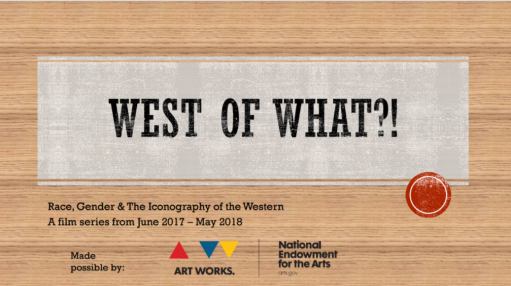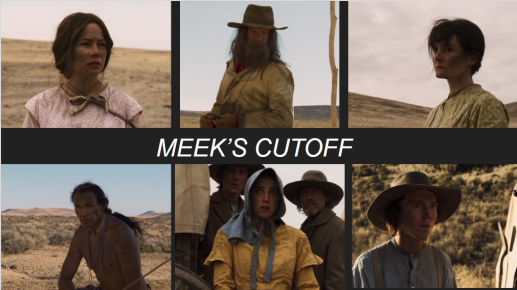**SPOILERS THROUGHOUT**
I. Prolegomenon: “Once upon a time,” Conservatism, and the Appeal of Nostalgia
This isn’t a review. It isn’t a judgment about whether a film is good or bad at a filmmaking level. Rather, it’s an attempt at a primarily thematic analysis. It’s an effort to answer some questions I have.
I want to consider Quentin Tarantino’s Once Upon a Time in . . . Hollywood on two levels: 1) a thematic one, specifically focusing on its construction of, assumptions about, and implications about gender and race — though, as a white person, I am more uneasy about tackling this one, aware that my own complicity in whiteness will always cloud how I observe and understand race on screen — and 2) an emotional one, arguably difficult, subjective territory, but one I think I have to address, given my own overwhelming fury upon exiting the cinema after my first viewing of the film.
First, then: what is the film saying or implying about gender? About men and about women? I believe Once Upon a Time in . . . Hollywood is, in essence, a conservative film. (And I credit my friend Ben Hynes for using this adjective in reference to the film in a conversation with me and thus, as aptly chosen words often do, doing much to illuminate and organize the clutter of details in the film I’d observed.) And by “conservative” I mean two things: first, a conservative stance is one that is, inevitably, backward looking. It looks to the past as a guide for the future and understands or uses the past to measure the present, which generally fails to measure up. A conservative viewpoint on some level idolizes the past — better days, better times, the good old days. It is inherently nostalgic. Second, the film is conservative in the sense that it not only looks to the past with longing, but it is itself rooted in what I would generally consider (particularly as relative to a “liberal” or “progressive” viewpoint) outdated, regressive understandings of the world and, more fundamentally, of the way the world should be. . . .
. . . Read the rest over at Seattle Screen Scene: here









